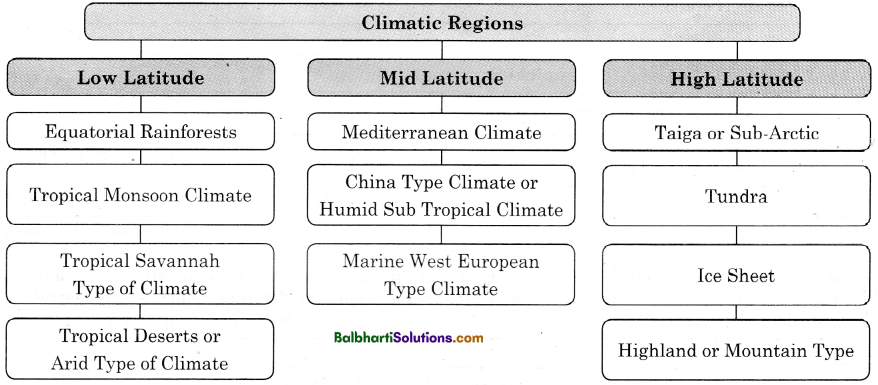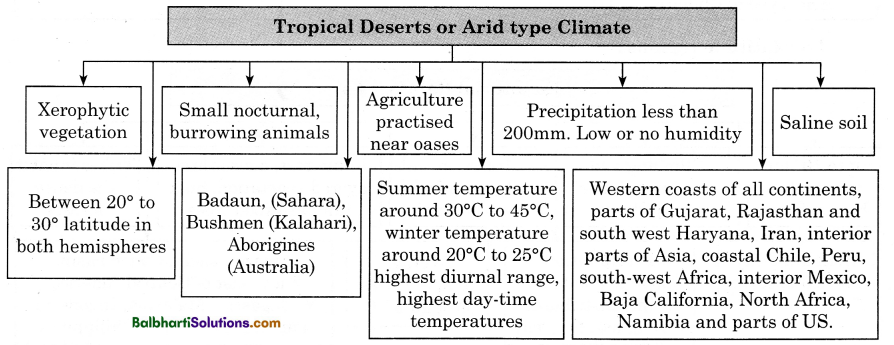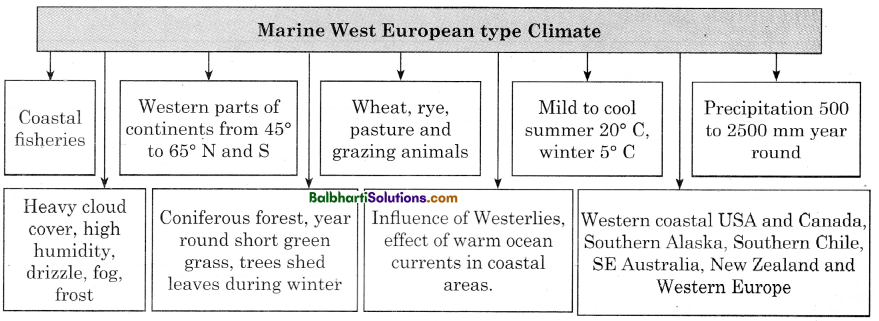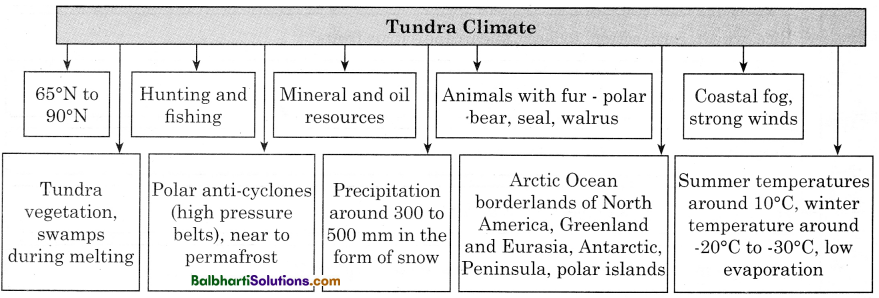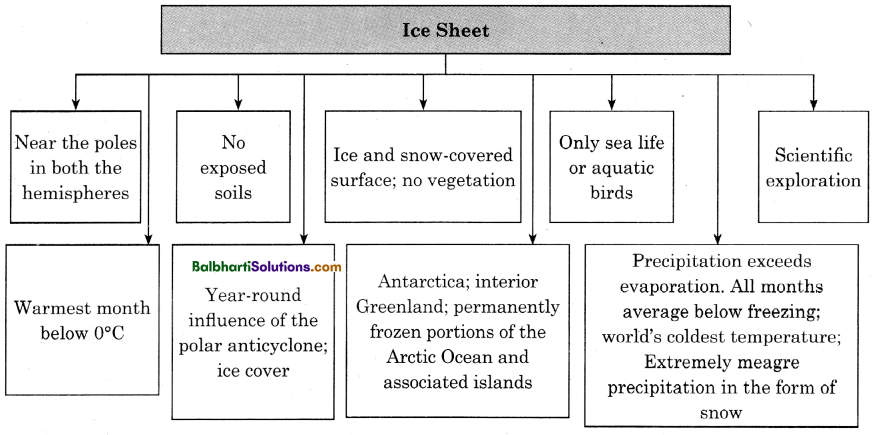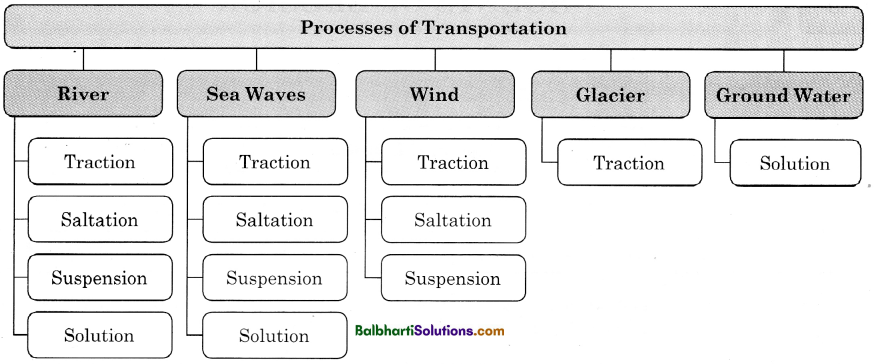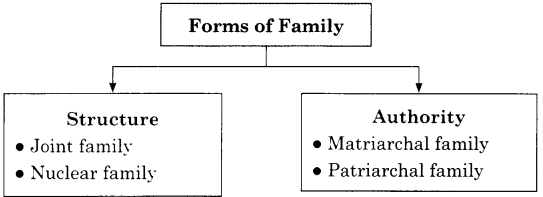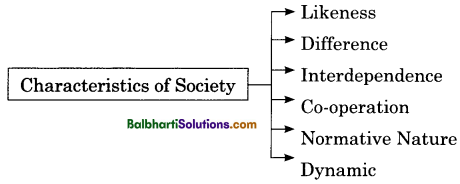By going through these Maharashtra State Board Class 11 Geography Notes Chapter 6 Ocean Resources students can recall all the concepts quickly.
Maharashtra State Board Class 11 Geography Notes Chapter 6 Ocean Resources
→ The scientific study of oceans began in the early nineteenth century when the British ship ‘Challenger’ sailed around the world. It brought information about the ocean depths and teeming life found in them.
→ With the help of the Echo sounder technique, the map makers began to map different ocean floors. Today, many nations are involved in the study of the oceans.
→ The Structure of Ocean Floor
- Presently, not only are the surface or coastal areas of the ocean are exploited but advanced
research is carried out to see how the deeper part of the oceans can be useful to mankind. - The continental shelf: The portion of the continents that is submerged underwater and borders the coastal areas is known as a continental shelf.
- Continental slope: After the extent of the continental shelf is over, there is a sharp drop in the ocean floor. The gradient of slope in this region can be between 2° to 5°. This is called the continental slope.
- Abyssal plains: Beyond the continental slope, lie the abyssal plains. The abyssal plains are often littered with nodules of manganese-containing varying amounts of iron, nickel, cobalt, and copper.
- The oceanic trenches: At places, deep, narrow, and steeply sloping depressions are found on the ocean floor. These are called ocean deeps of ocean trenches.
- Oceanic ridges and plateaus: The submerged mountains on the ocean floor are called oceanic ridges. At places, the peaks of oceanic ridges appear above the ocean surface. These are called oceanic islands.
![]()
Type of Oceanic Islands:
- Continental Islands
- Volcanic Island
- Coral Islands

Ocean Resources:
There are a variety of biotic and abiotic resources found abundantly at different levels of ocean floor.
Use of Oceans:
- Tidal and Thermal Energy
- Drinking Water
- Trade and Transport
- Tourism

International Resources:
International institutions regulate the ocean resources. The oceanic resources beyond 200 nautical miles of the Exclusive Economic Zone belong to open ocean and no individual country can utilise these without the concurrence of international institutions.
![]()
Marine Pollution:
- Human dependence on oceans is likely to increase manifold. However, nowadays, the oceanic waters are getting polluted on a large scale. This causes deterioration of the natural quality of ocean water.
- The leakages of oil from oil transporting ships, oil extraction from coastal areas, disposal of solid waste containing radioactive matter, atomic tests, etc., are causing large-scale pollution of oceanic waters.
- The effluents brought by river discharges, the disposal of waste from coastal cities, the waste from industries, and many other similar factors are polluting the oceanic waters.
- As a result, the very existence of marine life is threatened.







